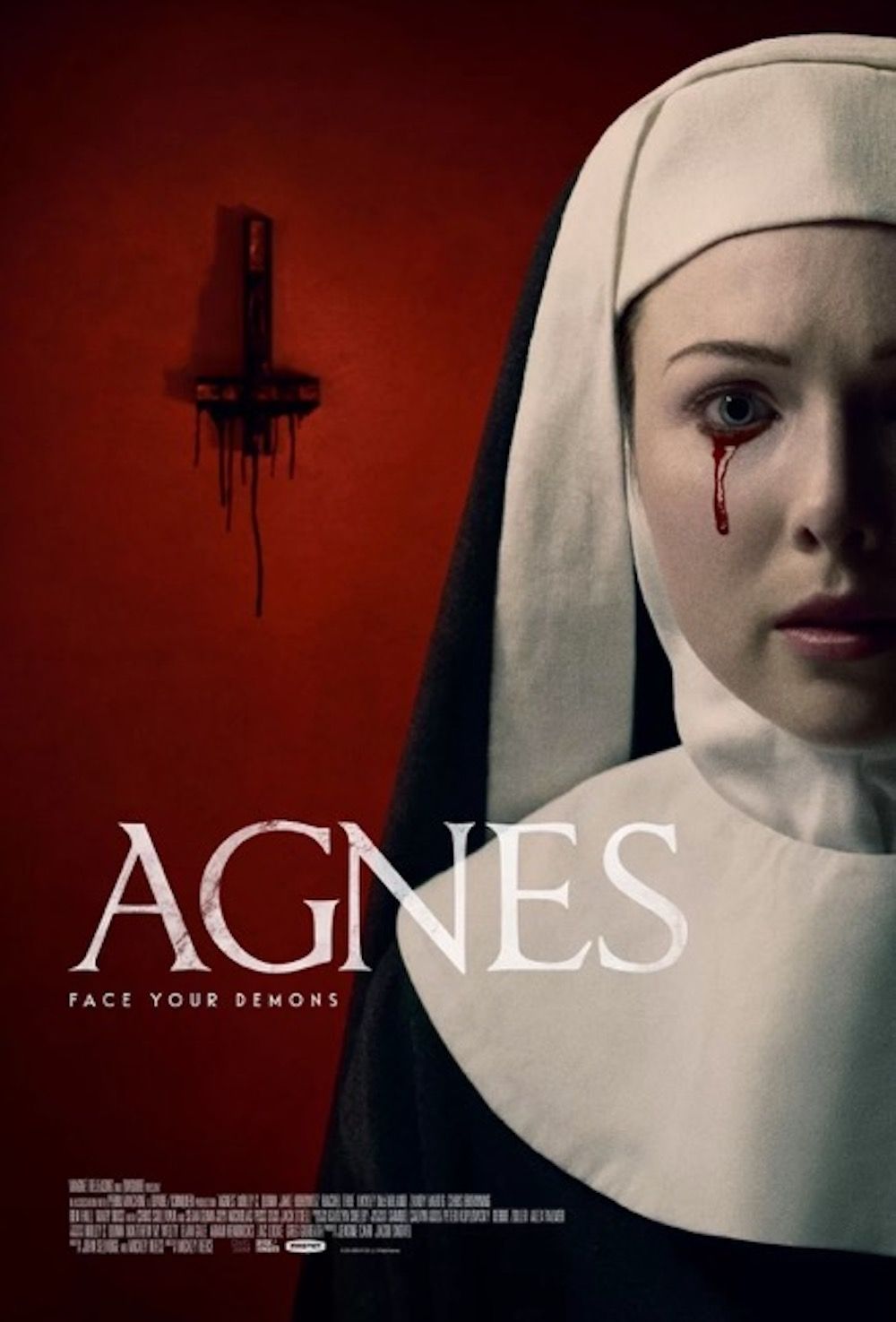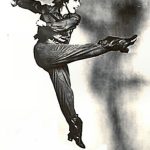Agnes de Mille, a groundbreaking figure in American dance and theater, left an indelible mark on the world of musicals and ballet. Her work not only redefined choreography but also brought new depth to storytelling through movement. As we explore her legacy, it becomes clear that her contributions were revolutionary, especially for a woman in a male-dominated field.
Early Life and Career

Born in 1905, Agnes de Mille came from a family deeply rooted in the arts. Her father was a successful playwright, and her uncle, Cecil B. DeMille, was a pioneering Hollywood director. This artistic environment nurtured her passion for performance, leading her to pursue a career in dance and choreography. Despite initial resistance from her father, who disapproved of her choice, Agnes remained determined.
After earning a bachelor’s degree in English from the University of California, Los Angeles, she began training with Marie Rambert’s and Anthony Tudor’s London-based ballet companies. Her early career included working with the American Ballet Theatre in the late 1930s, where she honed her skills and developed a unique style that would later define her work.
Innovations in Dance

De Mille’s most notable work includes her choreography for “Oklahoma!” (1943), which is often credited with transforming the American musical. Her “Dream Ballet” at the end of Act 1 was a pivotal moment in the show, showcasing her ability to blend dance with narrative. This innovation helped elevate the role of choreography in musical theater, making it an integral part of the storytelling process.
In addition to “Oklahoma!”, de Mille worked on other iconic Broadway productions such as “Carousel,” “Brigadoon,” “Paint Your Wagon,” and “110 in the Shade.” Each of these shows featured her signature style, characterized by dynamic movements and a deep understanding of character development. Her work on “Rodeo,” a 1942 ballet composed by Aaron Copland, further solidified her reputation as a visionary choreographer.
Impact on Women in Theater

De Mille’s contributions extended beyond her technical skills; she also played a significant role in advancing the representation of women in theater. Her ballet “Fall River Legend,” which tells the story of Lizzie Borden, highlighted the complexities of female characters and challenged traditional narratives. Through her work, she provided a platform for women’s stories, emphasizing their strength and agency.
Her innovative approach to choreography allowed her to create characters that were not just dancers but individuals with distinct personalities and motivations. This focus on character development set her apart from her contemporaries and influenced future generations of choreographers.
Recognition and Honors

Throughout her career, de Mille received numerous accolades for her contributions to the performing arts. In recognition of her work, the New York Public Library of the Performing Arts hosted a special program titled “Agnes De Mille and the Female Narrative.” This event celebrated her legacy and highlighted the importance of her work in shaping the narrative of women in dance.
Additionally, the 80th anniversary of “Rodeo” was marked by various events and tributes, underscoring the enduring impact of her work. These celebrations not only honored her achievements but also served as a reminder of the significance of her contributions to the arts.
Personal Life and Family
Agnes de Mille’s personal life was as rich and complex as her professional achievements. She was the niece of Cecil B. DeMille and the daughter of William C. DeMille, both prominent figures in the entertainment industry. Her marriage to Walter Prude in 1943 and the birth of their son, Jonathan, in 1946, added another layer to her story, reflecting the balance between her personal and professional life.
Despite the challenges she faced, including the pressures of being a woman in a male-dominated field, de Mille remained committed to her craft. Her determination and resilience inspired many, and her legacy continues to influence the world of dance and theater.
Conclusion
Agnes de Mille’s legacy is one of innovation, creativity, and perseverance. Her work not only transformed the landscape of American musical theater but also paved the way for future generations of choreographers and dancers. Through her dedication and vision, she left an indelible mark on the performing arts, ensuring that her contributions would be remembered for years to come.
As we reflect on her achievements, it is clear that Agnes de Mille was more than just a choreographer; she was a trailblazer who redefined the possibilities of dance and storytelling. Her legacy serves as a testament to the power of art and the enduring impact of those who dare to push boundaries.
Stay updated with the latest news and continue exploring the fascinating stories behind the artists who shape our cultural landscape.
Author: [Nama Lengkap]
Title/Role: [Jabatan atau keahlian]
Credentials: [Ringkasan kualifikasi atau pengalaman terkait]
Profile Link: [Link profil, opsional]
Sources:
– New York Public Library of the Performing Arts
– The Rodgers & Hammerstein Organization
– American Ballet Theatre
Internal Links:
– Agnes De Mille’s Contributions to Broadway
– The Evolution of Musical Theater
– Women in the Performing Arts
Schema Markup:
{
"@context": "https://schema.org",
"@type": "Article",
"headline": "The Legacy of Rodeo Choreographer Agnes De Mille",
"description": "Explore the groundbreaking contributions of Agnes de Mille to American dance and theater.",
"author": {
"@type": "Person",
"name": "[Nama Lengkap]"
},
"datePublished": "2023-10-05"
}
Featured Snippet:
Agnes de Mille, known for her choreography in “Oklahoma!” and “Rodeo,” revolutionized American musical theater by integrating dance into storytelling, leaving a lasting legacy in the performing arts.









More Stories
US Trending News: Everything You Need to Know About Purdue Basketball: History, Players, and Game Updates
US Trending News: ¿Qué Son Las Tiroides En Mujeres? Todo Lo Que Necesitas Saber
Who is Questlove? A Comprehensive Guide to the Renowned Music Producer and DJ